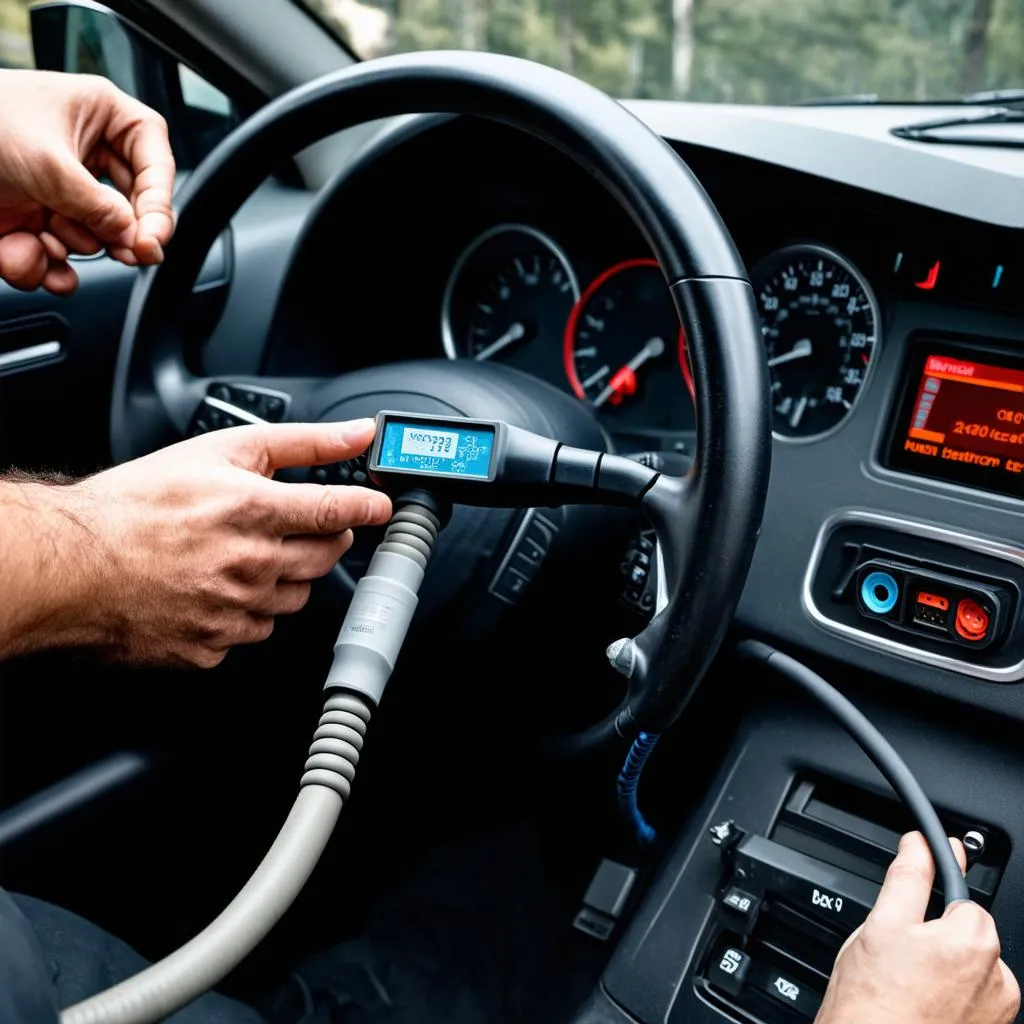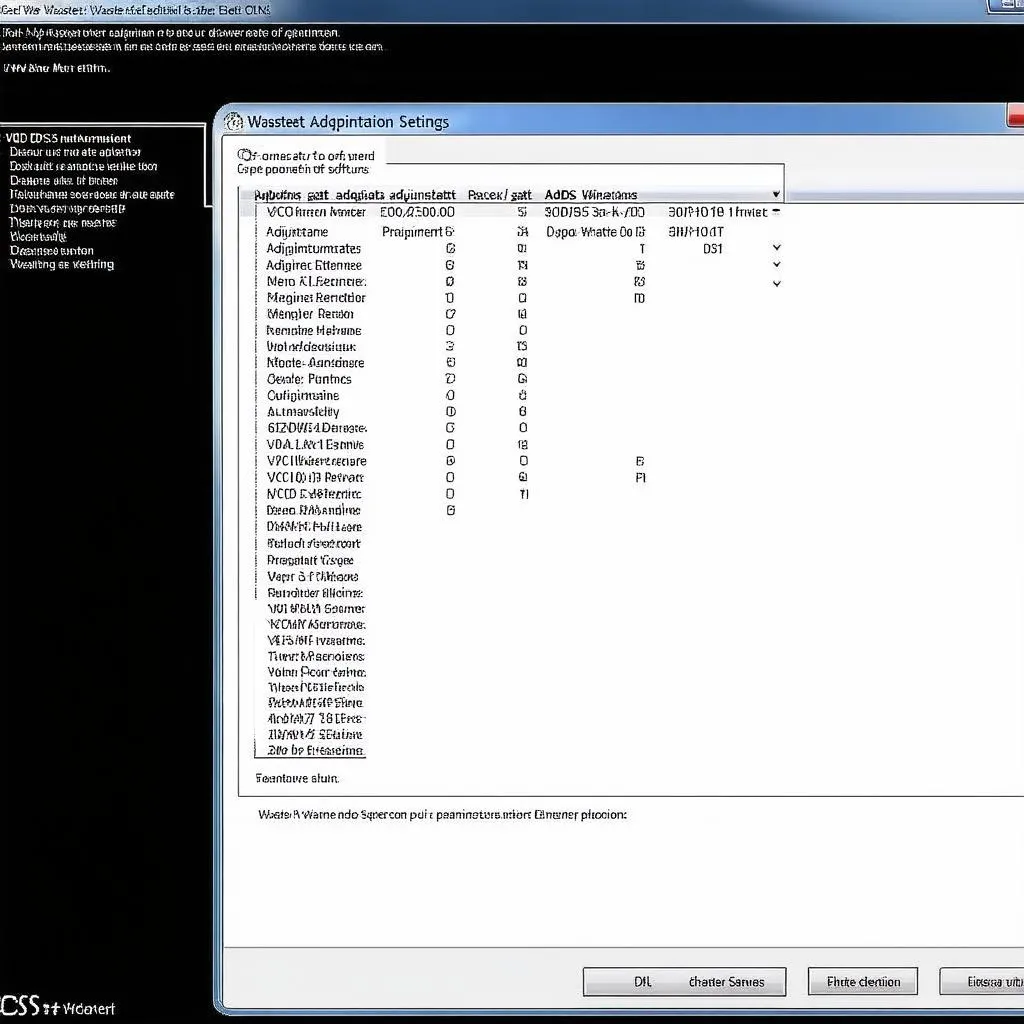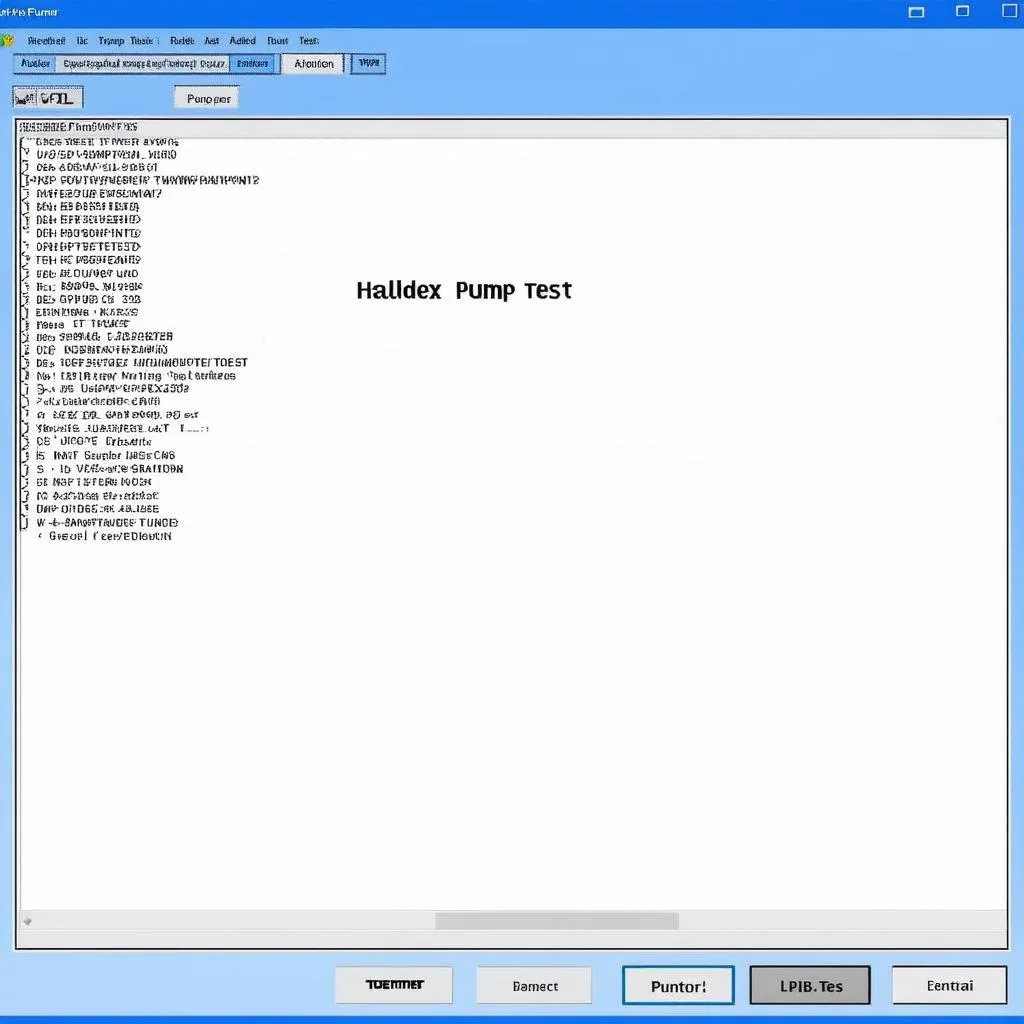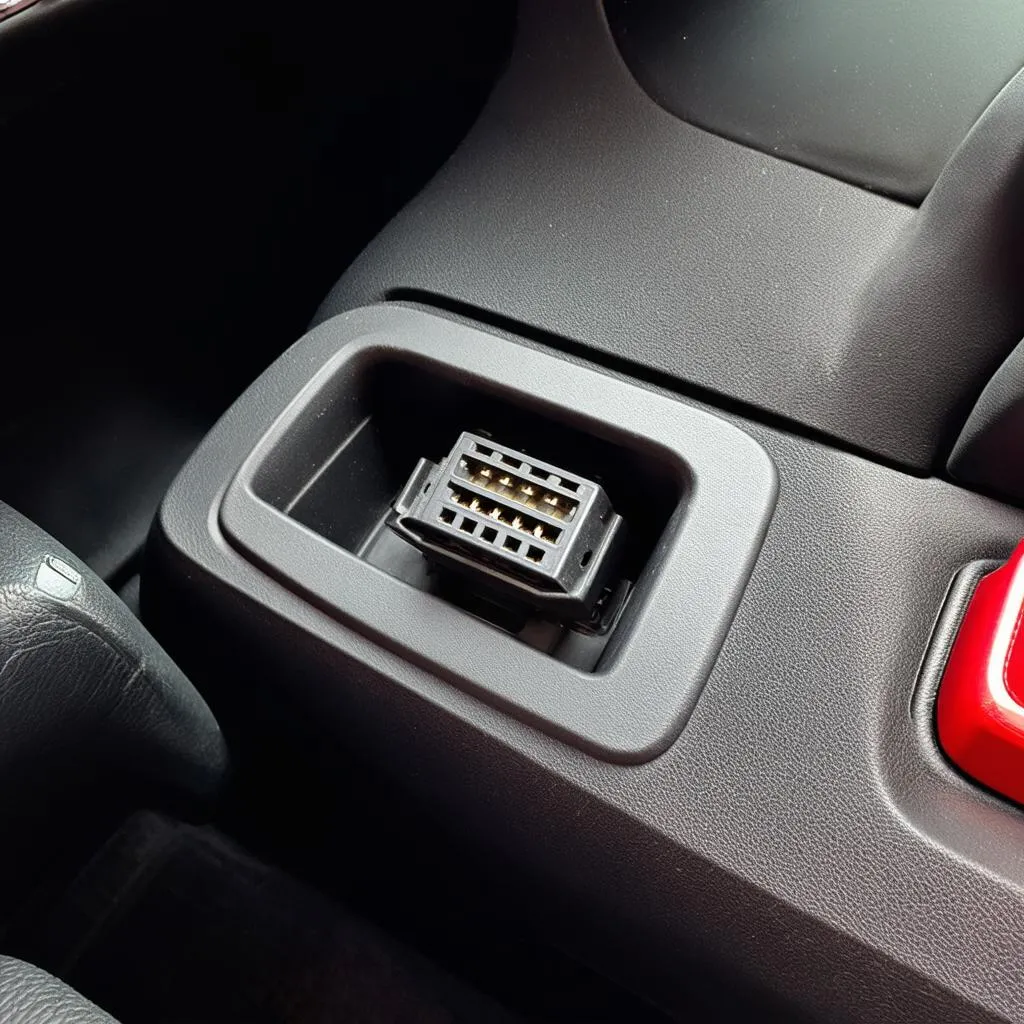As a car enthusiast or a professional mechanic, you know that a vehicle’s performance is intricately linked to its engine’s efficiency. One crucial component that plays a significant role in this intricate dance of power and efficiency is the wastegate, working in tandem with the turbocharger. Over time, the wastegate can fall out of sync, leading to performance issues. This is where VCDS wastegate adaptation comes in.
Understanding the Basics
What is a Wastegate?
Before we delve into the intricacies of VCDS wastegate adaptation, let’s understand what a wastegate does. In simple terms, a wastegate is a valve that regulates the amount of exhaust gas flowing through the turbocharger. By controlling the exhaust flow, the wastegate manages the turbocharger’s spin speed, which in turn regulates boost pressure.
What is VCDS?
VCDS (Vag-Com Diagnostic System) is a powerful diagnostic and tuning software for vehicles from the Volkswagen Audi Group (VAG). It allows you to communicate with your car’s Engine Control Unit (ECU), access various parameters, and make adjustments, including wastegate adaptation.
VCDS Wastegate Adaptation Explained
Wastegate adaptation is the process of calibrating the ECU to recognize the exact position of the wastegate actuator throughout its range of movement. This ensures accurate boost pressure control, leading to optimal engine performance.
When is VCDS Wastegate Adaptation Necessary?
There are several situations where you might need to perform a VCDS wastegate adaptation:
- After installing a new turbocharger: A new turbocharger will likely have a slightly different actuator position, necessitating adaptation.
- After adjusting the actuator rod: Manual adjustments to the actuator rod require subsequent adaptation to inform the ECU of the changes.
- Experiencing boost-related issues: Symptoms like overboosting, underboosting, or fluctuating boost pressure might point towards the need for adaptation.
Benefits of Performing a VCDS Wastegate Adaptation
- Optimized boost pressure control: Accurate adaptation ensures the wastegate operates harmoniously with the ECU, delivering the desired boost pressure.
- Improved engine performance: Correct boost pressure translates to smoother acceleration, increased power output, and potentially even better fuel efficiency.
- Prevention of engine damage: A well-adapted wastegate can help prevent issues like overboosting, which could potentially harm the engine.
How to Perform a VCDS Wastegate Adaptation
Disclaimer: This is a general guide. Always consult your vehicle’s specific repair manual and familiarize yourself with safety precautions before attempting any technical procedures.
Before you begin, ensure you have a genuine VCDS system and a compatible cable.
- Connect your VCDS system to the vehicle’s OBD-II port.
- Turn the ignition on, but do not start the engine.
- Launch the VCDS software and establish communication with your vehicle.
- Select the appropriate engine control module.
- Navigate to the “Basic Settings” function.
- Choose the adaptation channel related to the “Charge Pressure Control” or “N75 Valve.”
- Follow the on-screen prompts and execute the adaptation procedure.
- Clear any fault codes (if any) after successful adaptation.
 VCDS Connection
VCDS Connection
Common Mistakes to Avoid
- Incorrect adaptation channel: Selecting the wrong channel can lead to unsuccessful adaptation or even potential damage to the system.
- Ignoring fault codes: Addressing any pre-existing fault codes is crucial before performing adaptation, as they might indicate underlying issues.
- Interruptions during the process: A stable connection and uninterrupted power supply are vital for a successful adaptation.
 VCDS Software
VCDS Software
FAQs about VCDS Wastegate Adaptation
Q: How often should I perform a VCDS wastegate adaptation?
A: It isn’t a routine maintenance procedure. It’s recommended after replacing turbocharger-related components or experiencing boost-related problems.
Q: Can I perform a VCDS wastegate adaptation without professional help?
A: While possible with the right tools and knowledge, it’s advisable to seek professional help if you’re not confident in your technical abilities.
Q: Are there any risks associated with VCDS wastegate adaptation?
A: If done incorrectly, there’s a risk of inaccurate adaptation, potentially leading to performance issues or even engine damage.
Conclusion
VCDS wastegate adaptation is a valuable procedure for maintaining optimal engine performance in turbocharged VAG vehicles. Understanding its purpose, benefits, and the correct procedure ensures your vehicle continues to deliver the power and efficiency it was designed for. If you have any concerns or need expert assistance, don’t hesitate to contact a qualified mechanic or reach out to CARDIAGTECH for specialized diagnostic and tuning solutions.
Remember, proper vehicle maintenance is an investment in its longevity and your peace of mind.


